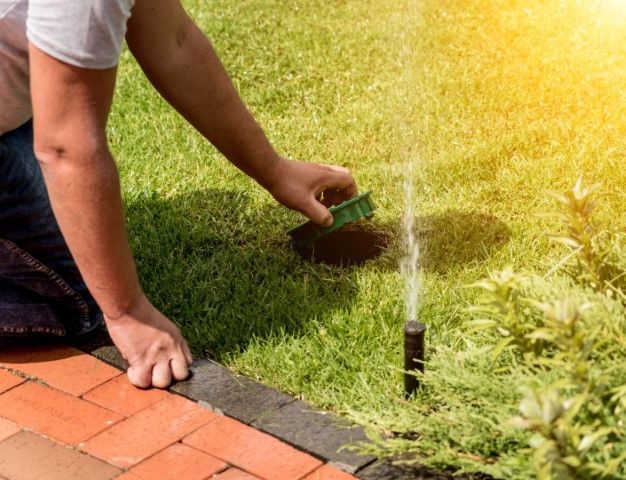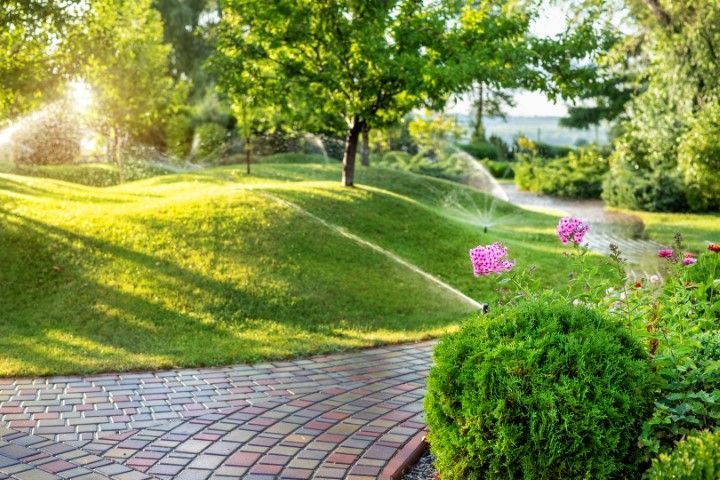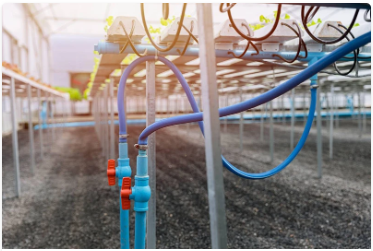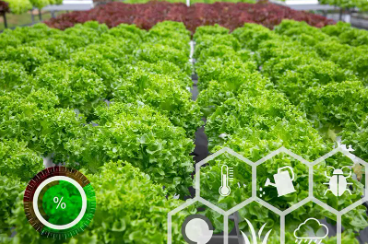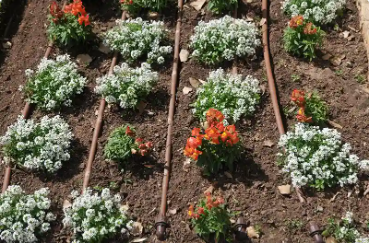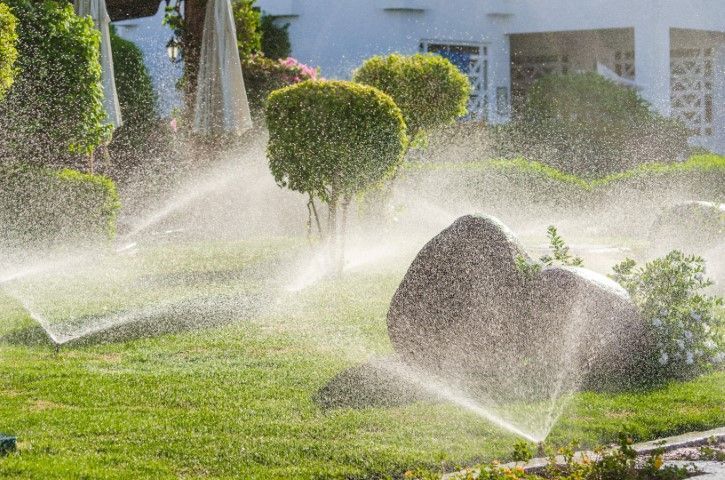Impact of Climate on Irrigation System Design and Operation - SPRINKLER SYSTEMS OF SANANTONIO
Impact of Climate on Irrigation System Design and Operation
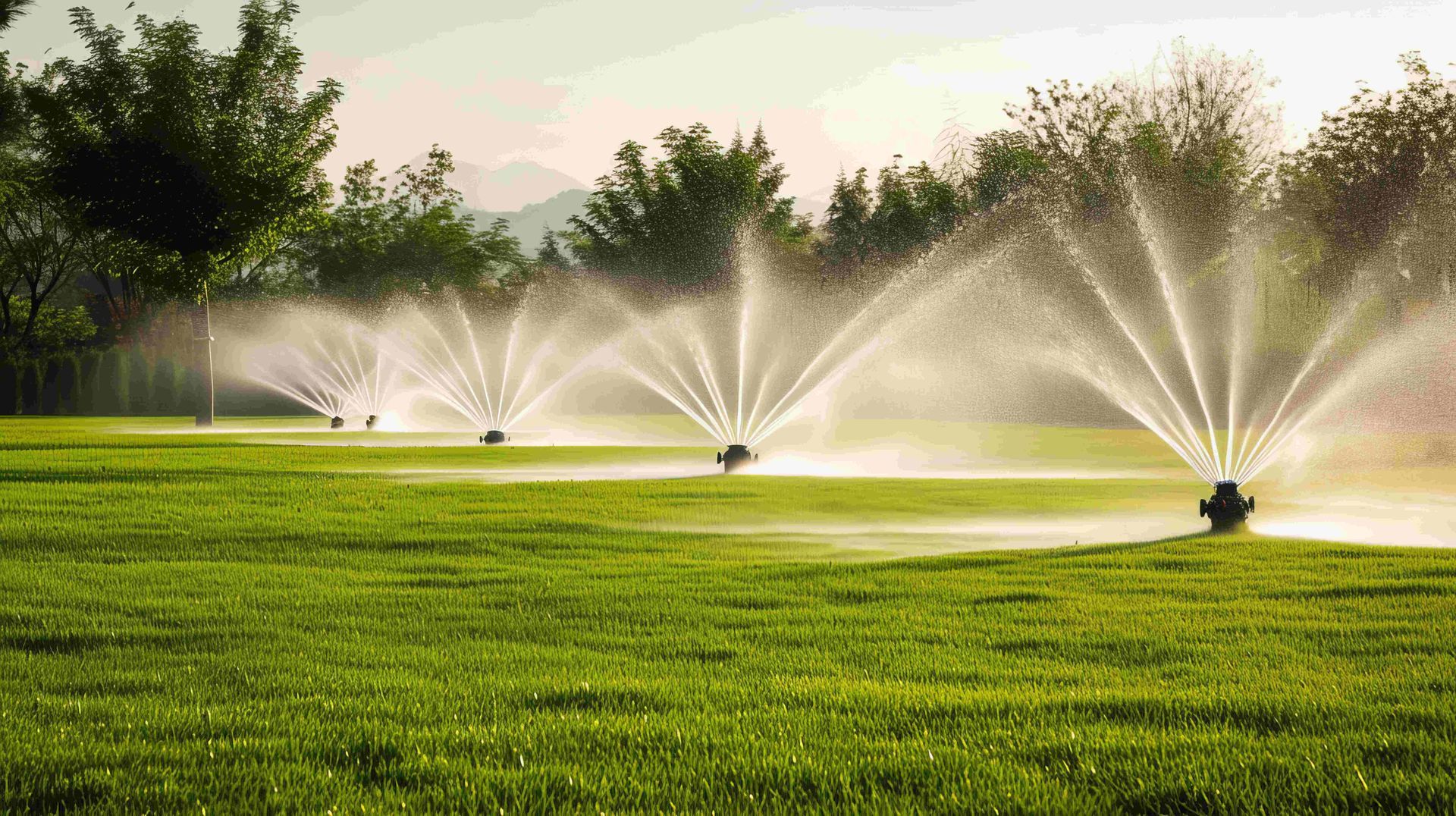
Climate change profoundly affects irrigation system design and operation, necessitating precise soil moisture assessments, advanced techniques like drip and subsurface irrigation, and the integration of climate forecasting data. In response to drought conditions, precision irrigation and automated systems enable efficient water use, while advanced drainage solutions address intense rainfall. Temperature fluctuations increase evapotranspiration rates, requiring adaptive scheduling and crop selection. Climate-resilient technologies, such as soil moisture sensors and automated weather stations, are essential for sustainability. Understanding these elements is critical to ensuring effective and sustainable irrigation practices in a changing climate. Discover how these strategies can be implemented effectively.
Climate Change and Irrigation Needs
Understanding the evolving patterns of climate change is integral to meeting modern irrigation needs effectively. The increase in water scarcity coupled with shifting seasons necessitates a paradigm shift in irrigation system design and operation. Accurate assessment of soil moisture levels, for instance, becomes paramount in optimizing water use and ensuring that crops receive adequate hydration without excess waste.
A critical component in addressing these challenges is precise crop selection. Selecting crop varieties that are more resilient to fluctuating climate conditions can significantly reduce the strain on water resources. This involves not only choosing drought-tolerant species but also considering the timing of planting to align with new precipitation patterns and temperature fluctuations.
Moreover, advanced irrigation techniques, such as drip or subsurface irrigation, can be tailored to conserve water while maintaining soil moisture at levels conducive to crop growth. These techniques are particularly effective in mitigating the adverse effects of erratic rainfall and extended dry spells.
Therefore, integrating climate forecasting data into irrigation planning, alongside implementing adaptive technologies, is essential. This approach ensures sustainable water management practices, thereby helping to mitigate the impact of climate change on agricultural productivity and overall resource availability.
Adapting to Drought Conditions
When faced with prolonged periods of drought, agricultural sectors must adopt innovative strategies to sustain crop viability. The design and operation of irrigation systems under drought conditions necessitate a comprehensive approach that emphasizes water efficiency and resource optimization.
– Drought-resistant crops: Selecting species and cultivars that are genetically engineered or naturally adept at surviving low water conditions.
– Soil moisture monitoring: Utilizing advanced sensors and data analytics to maintain optimal soil moisture levels, minimizing water wastage.
– Precision irrigation techniques: Implementing drip irrigation or subsurface irrigation to target water delivery directly to plant roots, reducing evaporation losses.
To enhance resilience, the integration of drought-resistant crops is critical. These crops have adaptations such as deeper root systems and reduced transpiration rates, which contribute to improved water use efficiency. Concurrently, soil moisture sensors provide real-time data, enabling precise irrigation scheduling. This minimizes both under- and over-irrigation, ensuring crops receive the necessary amount of water without excess.
Moreover, modern precision irrigation systems, including automated drip and subsurface irrigation, offer targeted water application. These systems significantly mitigate evaporation losses and enhance water distribution uniformity. By adopting these advanced methods, agricultural practitioners can effectively manage water resources, ensuring crop productivity even in drought conditions.
Managing Intense Rainfall
Effective management of intense rainfall is essential for safeguarding agricultural productivity and preventing soil erosion. Flood management strategies, tailored to the specific hydrological and geographical conditions of the farmland, are critical in mitigating the adverse effects of excessive precipitation. Implementing advanced drainage systems, such as subsurface drainage tiles and contour farming, can effectively direct water flow and control runoff, thereby reducing the risk of waterlogging and soil degradation.
Runoff control is another pivotal aspect of managing intense rainfall. Techniques like constructing retention basins and swales can capture and hold excess water, allowing it to percolate slowly into the ground. This not only prevents immediate overflow but also recharges groundwater supplies. Installing vegetative buffer strips along the periphery of fields can enhance infiltration and further control surface runoff.
Additionally, integrating real-time weather monitoring systems and predictive modeling can provide valuable data for proactive flood management. These technologies enable timely adjustments to irrigation schedules and drainage operations, optimizing water use efficiency. By employing a combination of structural and non-structural measures, farmers can enhance the resilience of their irrigation systems against the challenges posed by intense rainfall, ensuring sustainable agricultural practices and long-term soil health.
Temperature Fluctuations and Irrigation
Temperature fluctuations significantly impact irrigation system design, necessitating a precise and adaptable approach to water management. Variations in temperature, especially temperature extremes, directly influence the rate of evapotranspiration, soil moisture retention, and crop water requirements. Consequently, irrigation systems must be designed to respond dynamically to these changes to ensure optimal water use efficiency and crop health.
– Evapotranspiration Rates: Temperature extremes accelerate evapotranspiration, necessitating more frequent irrigation to maintain soil moisture levels.
– Soil Moisture Monitoring: Advanced sensors are crucial for real-time monitoring of soil moisture, enabling timely irrigation adjustments.
– System Flexibility: Implementing adjustable irrigation schedules and variable rate technology can help mitigate the impacts of fluctuating temperatures.
Technical expertise in soil physics and plant physiology is essential for designing irrigation systems that can adapt to temperature fluctuations. By analyzing historical climate data and predictive models, irrigation schedules can be optimized to account for anticipated temperature variations. Practical solutions such as integrating weather stations and automated control systems can further enhance adaptability. Additionally, selecting drought-resistant crop varieties and improving soil organic matter are viable strategies to mitigate the adverse effects of temperature extremes. Therefore, a multifaceted approach combining technology and agronomic practices is paramount to maintaining soil moisture and ensuring sustainable irrigation under variable temperature conditions.
Climate-Resilient Technologies
A myriad of climate-resilient technologies are pivotal in the design of advanced irrigation systems, ensuring agricultural sustainability amidst changing climatic conditions. These technologies focus on incorporating water saving techniques and sustainable practices to mitigate the adverse impacts of climate variability.
One essential technology is the integration of soil moisture sensors, which provide real-time data to optimize irrigation schedules, ensuring precise water application. This reduces water wastage and enhances crop yield. Additionally, the adoption of drip irrigation systems, tailored to deliver water directly to plant roots, significantly minimizes evaporation and runoff, making it a highly efficient water saving technique.
Moreover, automated weather stations play a crucial role by offering accurate climate data, enabling predictive analysis for irrigation planning. These stations facilitate adaptive management practices, ensuring that water use is aligned with climatic needs. The use of drought-resistant crop varieties further complements these technologies, promoting sustainable practices by reducing water dependency.
- Avoid These 5 Common Irrigation Blunders Every Homeowner Makes
- Your Go-To Guide for Picking the Perfect Sprinkler System for a Lush Lawn: Handy Tips and Tricks
- Impact of Climate on Irrigation System Design and Operation
- The Role of Soil Moisture Sensors in Irrigation Efficiency
- Cost-Effective Irrigation Solutions for Small Gardens
